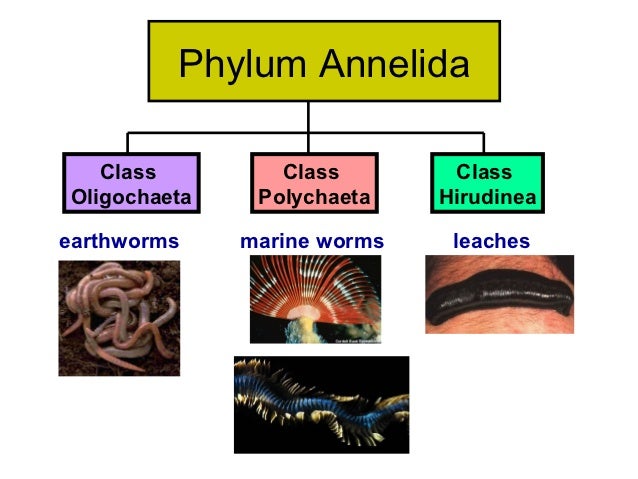October 5, 2017
Ecology of Annelida
This week in class we were presented a worm looking like creature that lived in the sea. So that is what i typed into google and searched until I found something that looked very similar to the picture we were presented in class. I found that the organism belonged to the Annelida phylum. To double check I found characteristics of that phylum and compared it to the unknown organism. Turns out I was correct that the organism was in the Annelida Phylum. This week I will be discussing the Ecology of these organisms.
Annelids can be found almost anywhere on the planet, from the mountain tops to the deep blue sea. These organisms live in marine, freshwater, and terrestrial environments. They can even be found in other organisms (parasites). Majority of these species of worms live in the sediment/soil of their environments. This is where they rework the soil and sediments. they do this by burrowing and ingesting and excreting the sediments and soils. Most of these organism help the environment more than they harm it. They are fantastic decomposers, and they are a part of so many organisms diets.

OLIGOCHAETA (Earthworms)
The Oligochaeta class has freshwater and terrestrial species. These organisms mainly are deposit feeders, meaning that they will eat the soil/sediment that they burrow through. This is healthy for the environment that they live in because it puts nutrients back into the soil and they also aerate the soil. This allows for new plant growth and healthy stronger vegetation. They are also important in the food web as they are a food source for multiple species.
.jpg)
http://www.differencebetween.info/difference-between-earthworm-and-leech
POLYCHAETA (marine worms)
Polychaeta class are primarily made up of marine organisms that can be found free floating or burrowed into the sediment. The ones that are free floaters are active predators and hunt for their food. The organisms that are not active predators they are filter feeders or scavengers. These organisms will eat the dead organic matter that floats to the bottom of the ocean floor. Many of the organisms in this class have a commensalism relationship with its environment. That means that the surroundings benefit from the organism without any negative impacts on the worm or its surroundings. There are only good things that happen in this relationship. The worms do this by excreting what ever they eat and putting the broken down organic matter back into the soil or sediment.

http://biologyboom.com/wp-content/uploads/2014/08/3a1.jpg
HIRUDINEA (leeches)
These organisms can be found anywhere from the water to the dirt. Hirudinea are all carnivores. Many of these species are parasitic. Most of these organisms have a negative relationship with their prey or host. They will either latch on and feed off of the host’s blood or they will attack and eat their entire prey. This is not good at all for the host. Once attached they also release a anticoagulant that plays a role in where they get their name from called hirudin. Most species are found in freshwater, but some species can be found in the ocean or in moist soil. Leeches are a key organism in the food web. They are mid-level consumers, so they keep the populations of species that they eat in check and the leeches are also a food source for multiple species.
.jpg)
http://www.differencebetween.info/difference-between-earthworm-and-leech
sources
Annelida: Life History and Ecology. (n.d.). Retrieved October 06, 2017, from http://www.ucmp.berkeley.edu/annelida/annelidalh.html
Wilkin, P. D., & Blanchette, J. (2017, June 16). Annelid Ecology. Retrieved October 06, 2017, from https://www.ck12.org/biology/Annelid-Ecology/lesson/Annelid-Ecology-Advanced-BIO-ADV
Bio. (n.d.). Retrieved October 06, 2017, from https://www.emaze.com/@AFWZRTLW/Bio
https://en.wikipedia.org/wiki/Leech
http://www.biokids.umich.edu/critters/Hirudinea/
 Filed by richa at 10:03 pm under Uncategorized
Filed by richa at 10:03 pm under Uncategorized
 25 Comments
25 Comments